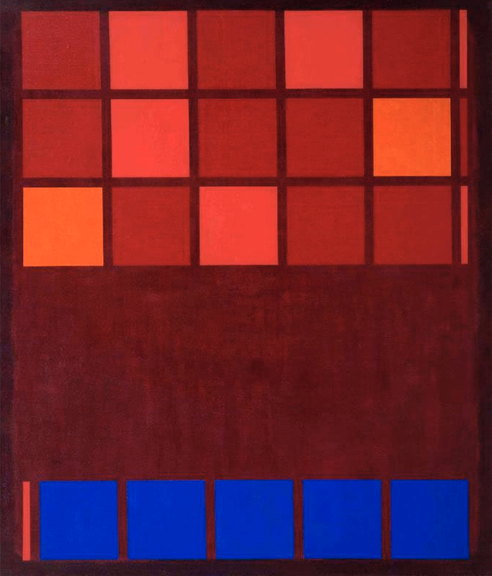Madrid. Trilogía marroquí 1950–2020 presents for the first time in Spain a broad survey of art Morocco, a country with which it has a close geographical, economic, and historical relationship. The extensive exhibition was conceived by the Director of the Museo Nacional Centro de Arte Reina Sofía, Manuel Borja-Villel, and the Moroccan critic and curator Abdellah Karroum.
The exhibition is structured around three historical moments, ranging from the transition from French and Spanish protectorate to independence (1950–1969), to the so-called Years of Lead (1970–1999) and the democratic transition after the death of Hassan II, to the present day (2000–2020). It also focuses on three major urban centers: Tetouan, Casablanca, and Tangier.
Each of these periods, with their formal trends, ideological issues, and historical accidents, has led to the emergence of significant artistic gestures for subsequent generations. The exhibition represents a survey of Morocco’s artistic and intellectual heritage since independence and an analysis of contemporary production.
The role of art in relation to the individual and society is affirmed through the diversity of forms of representation in its many manifestations. What art teaches us is the possibility of giving meaning, of imagining justice, in search of cultural, social, and human progress, as well as the power of expression in search of a form.
The works and archival documents on display reflect a historical trajectory of enormous cultural effervescence, in which the country’s yearning for modernity and identity is clear. This is often problematic due to identity dilemmas that cannot always be resolved.
The initiative to present Moroccan artistic production in Spain in such an ambitious way is admirable, drawing attention to a country that is so close and at the same time so unknown. The show manages to give an account of the richness of artistic and cultural production, including a large presence of women artists. It also manages to draw lines that connect artistic production with intellectual projects such as the magazine Souffles (Breath) edited by the poet Abdelatif Lâabi, in which different disciplines and creative and expressive quests converged.
For the first time, the exhibition opens up a broad view of artistic creativity in Morocco, although the challenging decolonial approach appears a little forced. This is because most of the artists featured have sought to emulate the languages and questions of Western artistic modernity, that is to say, to insert themselves into an international artistic tradition. This becomes evident in the generation from 1950 to 1969, as well as in the younger and more recent artists of the early twenty-first century. The cultural influence of the “West” does not detract from the quality of the works, however, but rather highlights the need to be part of the world and to express this difference in the universal language of the artistic avant-garde.
From my point of view, some of the works that could be read in a decolonial key are precisely those that are unintentionally self-reflexive and whose reflections border on philosophy and ontology. One example is Mohamed Larbi Rahhali’s beautiful and powerful piece My Life (1984–2021), a large collage made of matchboxes in which we see the many fragments that make up Larbi’s existence as a fisherman and artist. It is a piece that is moving for its humility and for the nakedness and fragility with which it shows the construction of the self. In these tiny boxes, we find thoughts, objects, desires, losses, and dreams.
The other work that can be read in a decolonial key is the film About Some Meaningless Events (1974) by Mostafa Derkaoui. In this work, which was censored and banned (a copy could be found in the film library of Catalonia), the filmmaker questions the premises for filmmaking in Morocco based on the very exercise of making a film. When he and his colleagues ask ordinary people what they think of Moroccan cinema, most of those surveyed answer that they don’t go to the cinema, and if they do, it is to see a film produced in Hollywood. They also questioned which language should be used in a Moroccan film. Throughout the film, the filmmaker reflects on the construction of identity and on cultural colonization. The questions remain unanswered and unresolved, and they are still relevant today.
Despite the fact that successive colonialisms have replaced one another and that there is always a tense relationship between art, power, and institutions, in this exhibition Moroccan art and expression prove to be alive and well.


